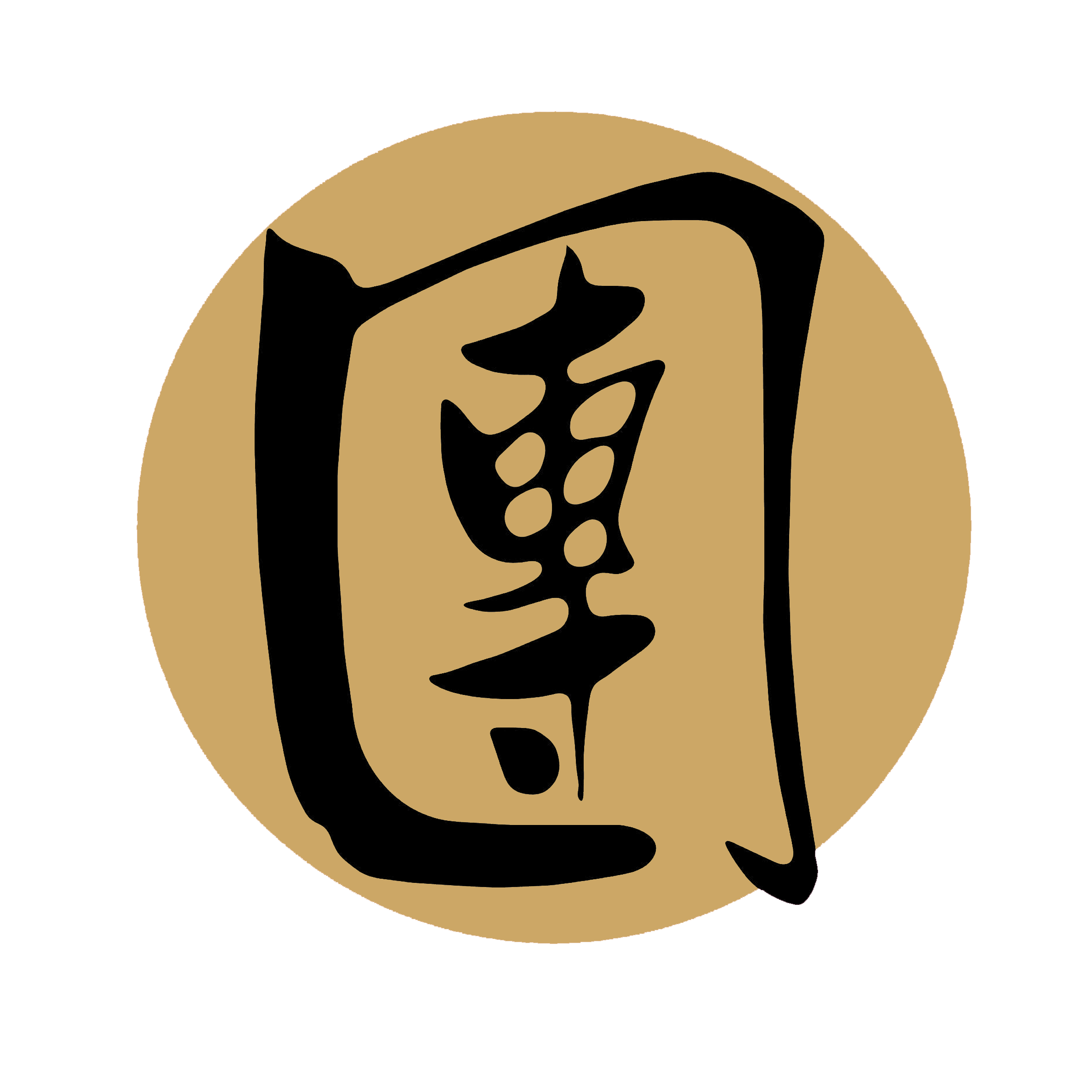32. Gong-jeung: Choy Li Fut Kung Fu Technique
Gong-jeung: Exploring the Thrusting Upward Palm Technique in Martial Arts Martial arts encompasses a wide range of techniques, each with its unique characteristics and applications.
One such technique is the Gong-jeung, also known as the thrusting upward palm. In this article, we will delve into the details of Gong-jeung, exploring its execution, practical applications, and the benefits it offers to martial artists. Understanding
Gong-jeung: Gong-jeung, translated as the thrusting upward palm, is a striking technique commonly found in various martial arts styles. It involves using the base of the palm or the heel of the hand to deliver a forceful upward strike. The technique relies on the strength of the practitioner's arm, wrist, and palm to generate power and effectively target specific areas of the opponent's body.
Execution and Technique: To execute Gong-jeung effectively, martial artists must focus on proper body alignment, positioning, and timing. Here are the key elements involved in the execution of Gong-jeung: Stance: Adopt a stable and balanced stance, ensuring a solid foundation for executing the technique. Hand Position: Position the hand with the palm facing upward, fingers relaxed, and the base of the palm or the heel of the hand ready to deliver the strike.
Body Mechanics: Engage the core muscles and transfer the power generated from the lower body to the upper body through a coordinated movement. This involves a slight rotation of the hips, a simultaneous push off the back leg, and a forward movement of the arm. Timing and Speed: Execute Gong-jeung with precise timing and speed to maximize the impact of the strike. The upward thrust should be swift and forceful, catching the opponent off guard and effectively disrupting their balance.
Applications in Combat: The Gong-jeung technique has various applications in combat situations. Here are a few common scenarios where martial artists can effectively utilize
Gong-jeung: Chin/Jaw Strike: A well-executed Gong-jeung aimed at the opponent's chin or jaw can deliver a powerful upward strike, potentially causing a stunning effect and disrupting their balance.
Underneath Strikes: Gong-jeung can be used as a counter-attack to strikes coming from below. By thrusting the palm upward, martial artists can effectively intercept and neutralize incoming strikes to vital areas such as the ribs or lower abdomen.
Disrupting Techniques: Gong-jeung can be employed to disrupt an opponent's technique, particularly when they are executing low kicks or knee strikes. The upward thrust can intercept their leg or knee, throwing them off balance and creating an opportunity for a counter-attack. Benefits for Martial Artists:
The inclusion of Gong-jeung in martial arts training offers several benefits to practitioners: Power Generation: The technique requires practitioners to engage their core muscles, develop proper body mechanics, and utilize the strength of the arm and palm. Regular practice of Gong-jeung helps enhance overall power generation and strength in the upper body.
Timing and Coordination: Executing Gong-jeung demands precise timing, coordination, and the ability to read and react to an opponent's movements. Practicing this technique enhances a martial artist's ability to anticipate and respond effectively in dynamic combat situations.
Defensive Capability: Gong-jeung can be an effective defensive technique, providing a means to intercept and neutralize incoming strikes. It offers martial artists a reliable method to defend against low-line attacks and disrupt an opponent's offensive strategies. Incorporating Gong-jeung into Training: To incorporate
Gong-jeung into their training, martial artists should focus on the following: Fundamental Techniques: Begin by mastering the fundamental principles and body mechanics involved in Gong-jeung. Work on developing the proper stance, hand position, and power generation through targeted drills and repetitions.
Partner Drills: Practice Gong-jeung with a training partner, alternating between being the attacker and defender. This allows practitioners to refine their timing, accuracy, and adaptability in real-time scenarios.
Application Practice: Gradually integrate Gong-jeung into controlled sparring sessions or self-defense scenarios to test its effectiveness and develop the ability to execute the technique under pressure.

